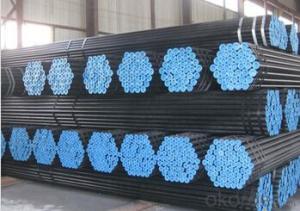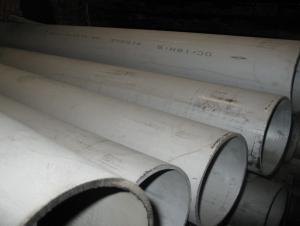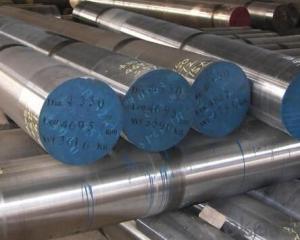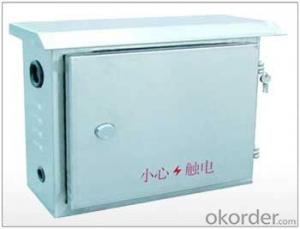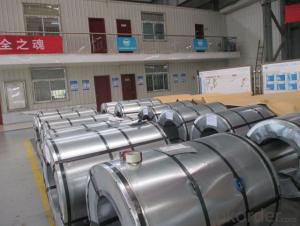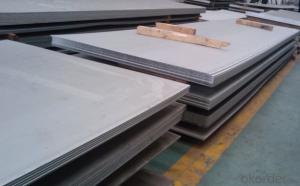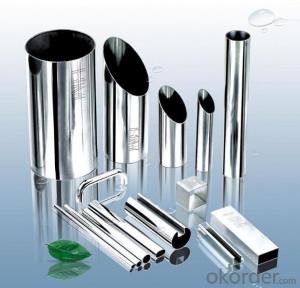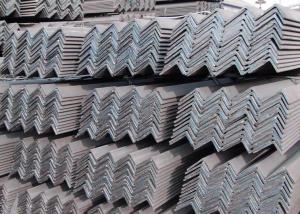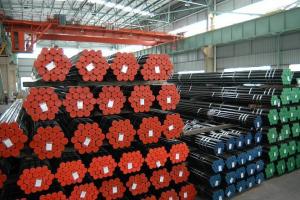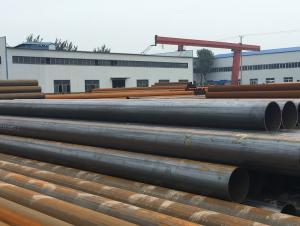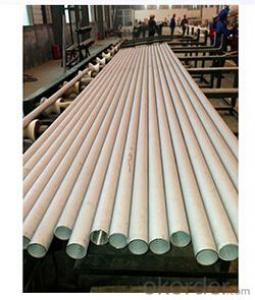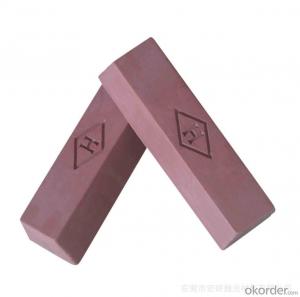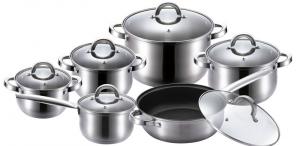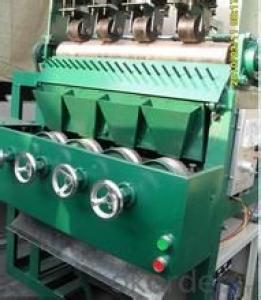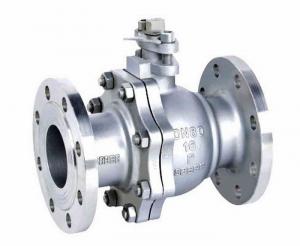Black Stainless Steel Gas Range
Black Stainless Steel Gas Range Related Searches
Black Stainless Steel Range Stainless Steel Gas Range Gas Stainless Steel Range Stainless Steel Gas Ranges Stainless Steel Range Gas Gas Range In Stainless Steel Stainless Steel Range Gas Range Stainless Steel Stainless Steel Electric Range Black Stainless Steel Chain Stainless Steel Ranges Gas Ranges Stainless Steel Electric Stainless Steel Range Black Stainless Steel Stainless Steel Black Stainless Steel Electric Ranges Range Stainless Steel Stainless Steel Range Electric Black Stainless Steel Paint Black Stainless Steel Kitchen Electric Range Stainless Steel Black Stainless Steel Sheet Samsung Black Stainless Steel Stainless Steel Brake Line Stainless Steel Scope Blackened Stainless Steel Stainless Steel Blackener Blacken Stainless Steel Stainless Steel Brake Lines Blackening Stainless SteelBlack Stainless Steel Gas Range Supplier & Manufacturer from China
Black Stainless Steel Gas Range is a high-quality kitchen appliance that combines modern design with advanced cooking technology. These ranges are designed to meet the needs of professional chefs and home cooks alike, offering a sleek and sophisticated appearance that complements any kitchen decor. The advanced features of the Black Stainless Steel Gas Range make it an ideal choice for those who demand precision and reliability in their cooking equipment. With multiple burners, a large oven capacity, and various cooking modes, these ranges are perfect for preparing a wide variety of dishes, from simple family meals to elaborate culinary creations.The Black Stainless Steel Gas Range is widely used in both residential and commercial settings, making it a versatile option for a variety of cooking environments. Whether you're a professional chef in need of a reliable range for your restaurant or a home cook looking to elevate your culinary skills, these gas ranges offer the performance and style you require. The sleek black stainless steel finish not only adds a touch of elegance to your kitchen but also provides a durable and easy-to-clean surface, ensuring that your range remains looking its best even after years of use.
Okorder.com is a leading wholesale supplier of Black Stainless Steel Gas Range, offering a vast inventory of these high-quality appliances at competitive prices. As a trusted supplier, Okorder.com ensures that each Black Stainless Steel Gas Range is manufactured to the highest standards, providing customers with reliable and durable products that meet their cooking needs. With a commitment to customer satisfaction, Okorder.com is the ideal choice for those looking to purchase a Black Stainless Steel Gas Range for their home or business.

